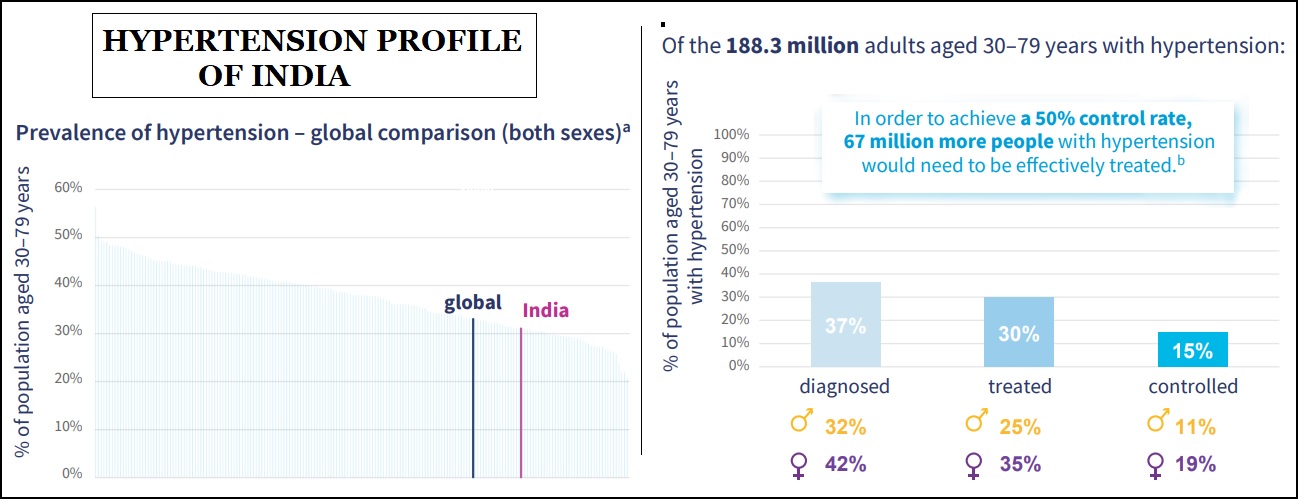7667766266
enquiry@shankarias.in
Recently, World Health Organisation (WHO) released its first-ever report on global impact of hypertension.
According to the Lancet research, 2022, hypertension is the most important risk factor for death and disability in India.

Average daily sodium intake of Indians is approximately 11 grams.
What lies ahead?
QUICK FACTS
Rule of Half
References